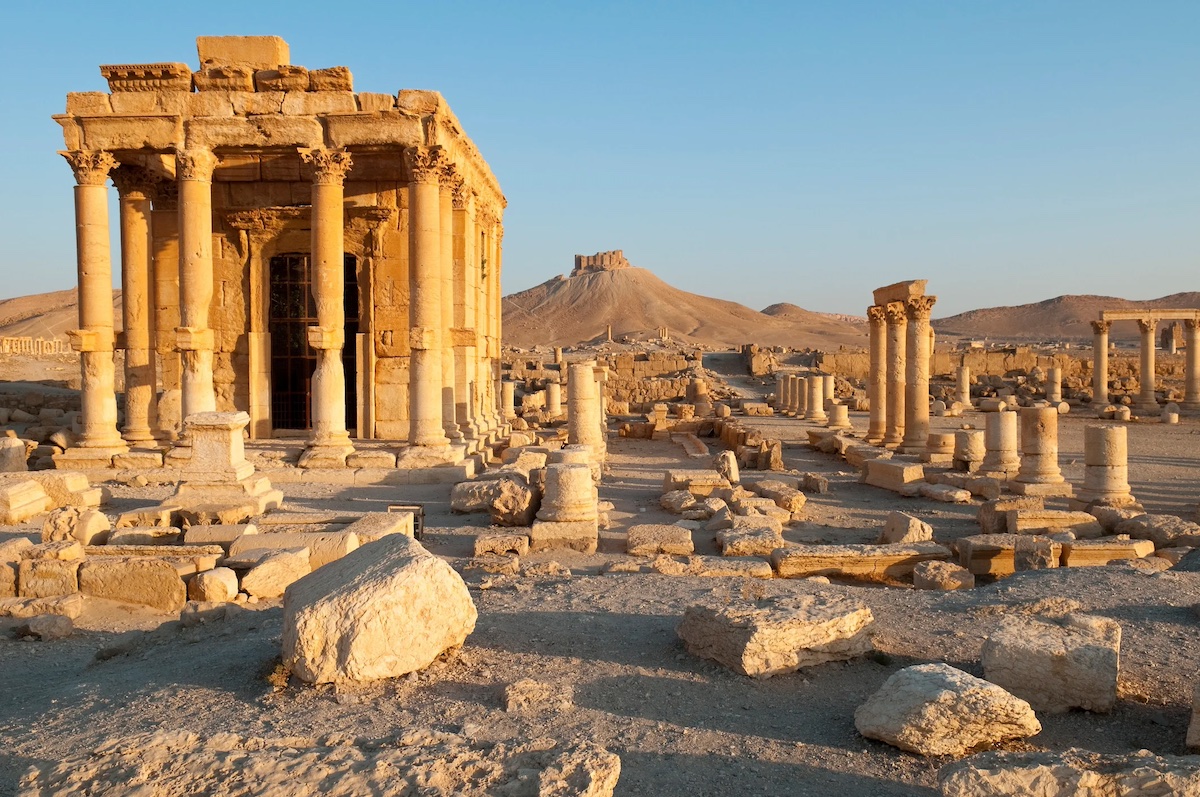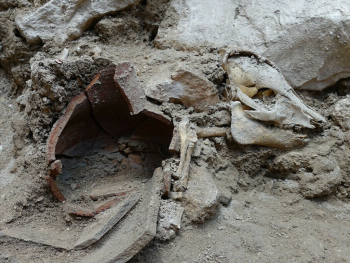In the ancient Near East, religion played a central role in shaping society, culture, and identity. From the majestic temples of Mesopotamia to the sacred shrines of Egypt, the region was home to a diverse array of religious beliefs and practices, each with its own sacred spaces dedicated to the worship of gods and goddesses. Join us on a journey of exploration as we delve into the temples and shrines of the ancient Near East, uncovering the spiritual significance and architectural marvels of these sacred sites.
One of the most iconic sacred spaces of the ancient Near East is the Temple of Bel in the city of Palmyra, located in present-day Syria. Built in the 1st century AD, this magnificent temple was dedicated to the Mesopotamian god Bel, also known as Baal, and served as a center of religious pilgrimage and ritualistic worship. Its grand colonnades, towering pillars, and intricately carved reliefs spoke to the power and prestige of the ancient city of Palmyra and its patrons.
In neighboring Mesopotamia, the ziggurats stood as towering monuments to the gods, towering above the flat landscape like stairways to heaven. Among the most famous of these sacred structures is the Great Ziggurat of Ur, built in the 21st century BC by King Ur-Nammu of the Sumerian city-state of Ur. Dedicated to the moon god Nanna, the ziggurat served as the focal point of religious activity and royal patronage, with priests ascending its steps to commune with the divine.
In ancient Egypt, temples and shrines dotted the landscape, each dedicated to a specific deity and serving as a locus of religious devotion and state authority. The Temple of Karnak, located near the modern city of Luxor, was one of the largest and most impressive temple complexes in ancient Egypt, dedicated primarily to the god Amun-Ra. Its vast halls, towering obelisks, and towering pylons spoke to the wealth and power of the Egyptian pharaohs and their divine mandate to rule.
But sacred spaces were not limited to grand temples and monumental architecture; they could also be found in the humblest of shrines and household altars. Throughout the ancient Near East, people erected shrines and sanctuaries in their homes, villages, and cities, dedicated to local gods and ancestral spirits. These intimate spaces served as focal points for personal prayer, ritualistic offerings, and communal gatherings, fostering a sense of connection and belonging within the community.
As we explore the temples and shrines of the ancient Near East, we are reminded of the enduring human impulse to seek out the divine and create spaces of reverence and worship. Though the civilizations that built these sacred sites may have long since vanished, their legacy lives on in the ruins and relics that bear witness to their spiritual aspirations and cultural achievements.
Join us on a journey through time and tradition as we uncover the sacred spaces of the ancient Near East, where gods and mortals once communed in rituals of devotion and transcendence. Through the lens of archaeology, history, and spirituality, we gain a deeper appreciation for the diversity and richness of human religious experience and the enduring legacy of sacred spaces throughout the ages.






